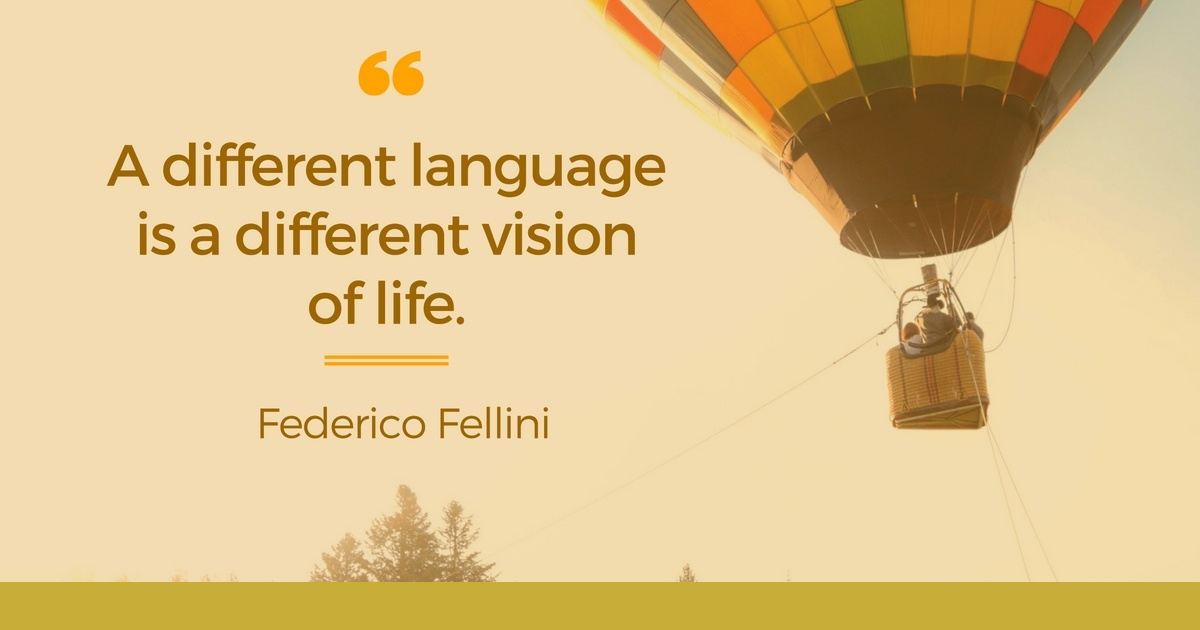10 Practical resources to encourage the creativity of your students.
Why does the school kill the creativity of your students? What responsibility do you have as a teacher in the creative process of your students? Do you encourage creativity when you teach? This is not the first article in which I refer to the importance of creativity in the classroom. A creativity of which you as a teacher forms an essential part. But what is meant by creativity?
What is meant by creativity? What is your responsibility as a teacher?
The Royal Academy of Language defines the term creativity as the ‘faculty of creating‘. And what is creating? Well, for SAR, creating means ‘producing something out of nothing‘. If you look closely at the definition, you will realize that creativity begins and ends in the student himself. It is the student who is responsible for creating precisely from nothing. So, what role do you have as a teacher in the creativity process of your students? Well a lot. Let me explain it to you.
As a teacher you have the enormous responsibility of promoting the creativity of your students. And creativity is not encouraged by explaining and teaching. Creativity is encouraged:
By asking the questions that favor the best answers.
Posing problems whose solution can be solved by your students.
Showing the tools that will lead to the creation of something from nothing.
Boosting the individual talent of each student in your group.
Worrying about the interests of your students.
Stimulating curiosity.
Making each and every one of the teaching-learning processes functional, useful and real.
What can you do as a teacher to increase the creativity of your students?
1. Change the role of the student for the teacher. Have your students create a video of less than three minutes in which they explain with their words the content you are teaching them and upload it to a platform so they can consult it, such as Moodle.
2. Make an object that the student can give a utility. In turn, have an instruction manual invented.
3. Invent words and give them a meaning. Use them in your teaching sessions. You can also play to spell them. Create a code that only you and your students know. Create a dictionary.
4. Create a board game with content that you have worked in class. For example, a goose of verb tenses.
5. Make an exclusive coin for your class. Use it as gamification for your teaching sessions.
6. Create an animal that does not exist from the union of two animals they know. Work with this animal aspects related to the area of science, for example, or have a legend or a story invented.
7. Change the name of your students during a Didactic Unit for the concepts that appear in the topic. For example, they can be historical figures in which each student or group should look for information to better know who it represents.
8. Have your students bring an everyday object from their homes and from this object ask them to look for another object that looks like it. From there you can work aspects of literary language such as comparison, image and met
aphor. Regarding how to teach the comparison, the image and the metaphor I refer you to the reading of the article on this link.
9. Have each student explain what is good for them. Exploit that talent individually to show it in front of the whole class. Try also that the talent is related to the content of the didactic unit.
10. Take a fragment of a movie and have a new dialogue invented that attempts to incorporate the contents of the Teaching Unit you are teaching. You can use tools for subtitling.
In conclusion.
As a teacher you have thought that your job is to teach in the best possible way. I believe that one more step must be taken. You have to teach in the best possible way, but always focusing your teachings from creativity. A creativity that you have not been taught, a creativity that is acquired from reflection. A creativity that does not appear in textbooks, but is very close to you. Moreover, it is within you.
It is better to create than to learn. Creating is the true essence of life, Barthold Georg
SOURCE: http://auladeideas.com/blog/2014/10/08/10-practicos-recursos-para-fomentar-la-creatividad-de-tus-alumnos/ed
8/10/2014
Carolina Varela.


Really interesting! Why did you choose it?
ResponderBorrar